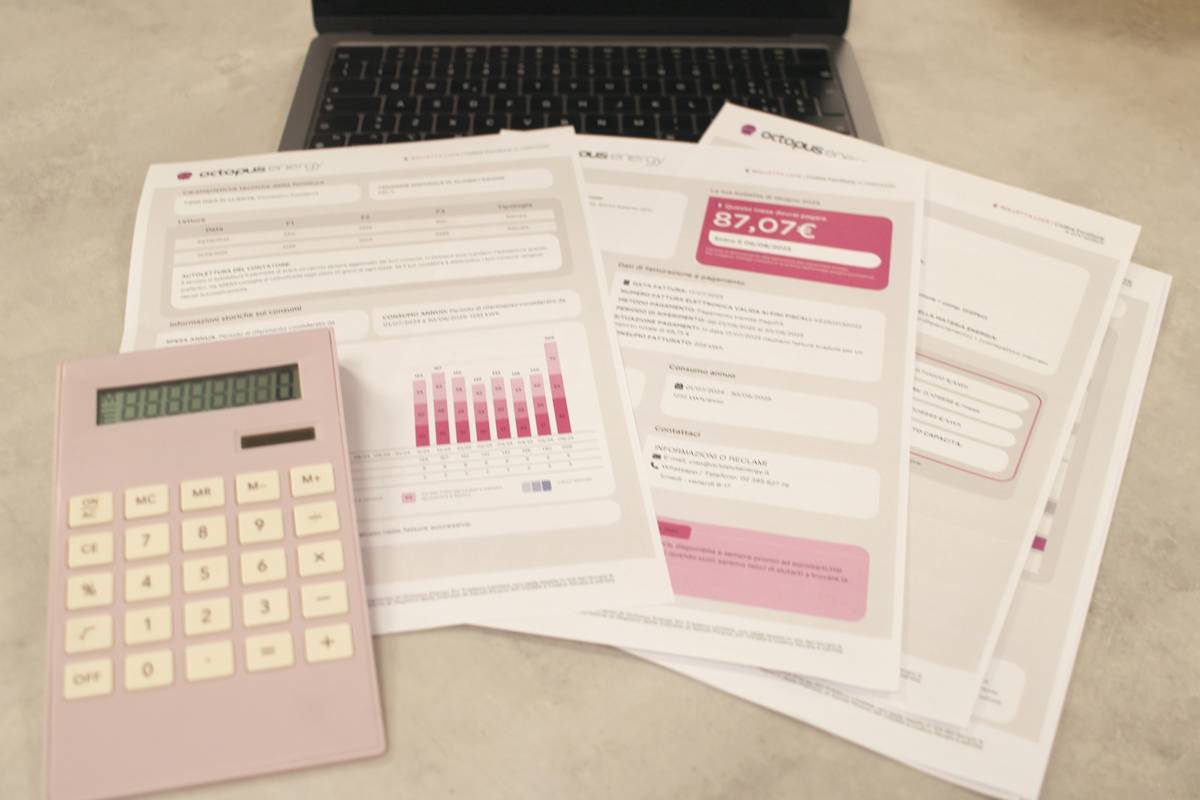Ever applied for a joint credit card only to find yourself drowning in paperwork, confusion, and unexpected denials? Yeah, us too. Joint credit cards can be a financial lifesaver—or a total nightmare if done wrong.
In this post, you’ll learn how to navigate the murky waters of joint credit card applications with actionable tips, real-world examples, and even a rant section that might just save your financial sanity. Let’s get into it!
Table of Contents
- Key Takeaways
- What Makes a Joint Credit Card Application So Tricky?
- Step-by-Step Guide to Applying for a Joint Credit Card
- Top Joint Credit Card Application Tips You Need to Know
- Success Story: How One Couple Used a Joint Credit Card Wisely
- FAQs About Joint Credit Card Applications
Key Takeaways
- A joint credit card affects both applicants’ credit scores equally—so tread carefully.
- Pre-qualification is your best friend; it can help avoid surprises during the application process.
- Always read the fine print: Hidden fees and usage limits can derail even the best-laid plans.
- Dishonesty or incomplete information will tank your application faster than you can say “joint liability.”
What Makes a Joint Credit Card Application So Tricky?
I once helped my partner apply for a joint card only to discover *after approval* that their credit score drop would directly affect mine. Whoops—total rookie move. That’s why applying together without a game plan feels like trying to build IKEA furniture without instructions.
Here’s what makes joint credit card applications especially challenging:
- Shared Liability: Both parties are responsible for debt repayment.
- Limited Options: Not all banks offer true “joint” accounts.
- Strict Requirements: Lenders scrutinize both applicants’ credit histories deeply.

Step-by-Step Guide to Applying for a Joint Credit Card
Applying for a joint credit card doesn’t have to feel like pulling teeth from a grumpy tiger. Here’s how to do it right:
Step 1: Assess Your Financial Compatibility
“Optimist You:” ‘We’re perfect partners, so we should totally share everything—including finances!’
“Grumpy You:” ‘Hold up, sunshine. Have you seen their spending habits lately? Cue serious convo time.’*
Sit down with your co-applicant and review budgets, goals, and potential risks. Transparency first = fewer fights later.
Step 2: Check Eligibility Together
Use pre-qualification tools offered by most major banks. This gives you an estimate of eligibility without hurting either person’s credit score.
Step 3: Gather All Necessary Documents
This includes proof of income, tax returns, ID documents, and any other info requested by the lender. Pro tip: Keep digital copies stored securely in case you need them again.
Step 4: Fill Out the Application as a Team
Make sure both names appear correctly. Cross-check details like addresses and Social Security numbers twice. Sounds tedious but trust me—it’s worth avoiding rejections due to typos.
Top Joint Credit Card Application Tips You Need to Know
- Tip #1: Understand Shared Responsibility
Remember, missing payments impacts both users’ credit scores. Set clear expectations before applying. - Tip #2: Build Individual Credit First
If one party has low credit, consider building individual profiles first before merging them financially. - Tip #3: Choose Cards with Low Fees
Look for annual fees under $50 and decent rewards programs. Money saved here adds up over years. - Terrible Tip Alert:
“Just wing it.” Seriously, don’t skip research or planning when dealing with something as vital as joint liability finances.

Success Story: How One Couple Used a Joint Credit Card Wisely
Tara and James used a joint credit card exclusively for household expenses like groceries and utilities. They set up autopay to avoid late fees and tracked spending through apps like Mint. Within two years, they improved both their credit scores while eliminating shared debts systematically. Chef’s kiss for strategy execution!

FAQs About Joint Credit Card Applications
Q: Can I apply for a joint credit card online?
Absolutely! Many issuers now allow fully digital submissions, making life much easier—but always verify the website URL to avoid scams.
Q: What happens if my co-applicant defaults?
You’re equally liable. The bank will chase *you* for payments even if your partner ghosts the bill.
Q: Should we always choose a joint account over authorized user status?
Not necessarily. Authorized users aren’t legally responsible for debt, whereas joint holders are. Choose based on your situation.
Conclusion
Navigating a joint credit card application isn’t rocket science—but it does require preparation, honesty, and teamwork. By following these steps and tips, you’ll reduce stress and increase your chances of approval while protecting both parties’ financial health.
Now go forth, armed with knowledge—and remember, keep those coffee breaks coming during stressful form-filling marathons.
Like a Tamagotchi, your financial future needs daily care.


